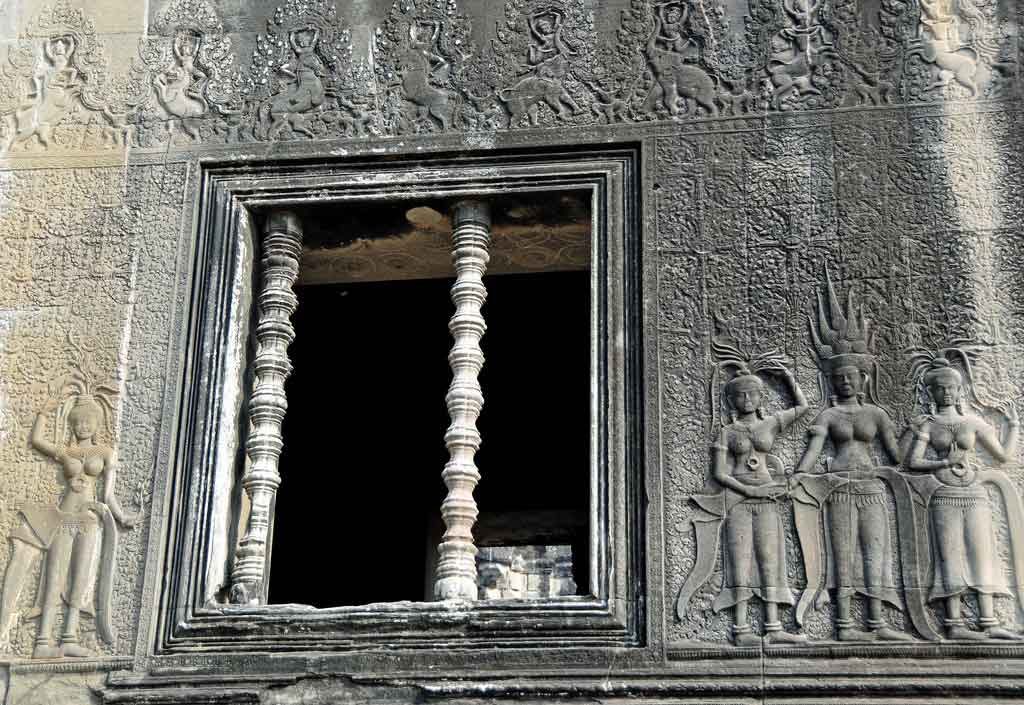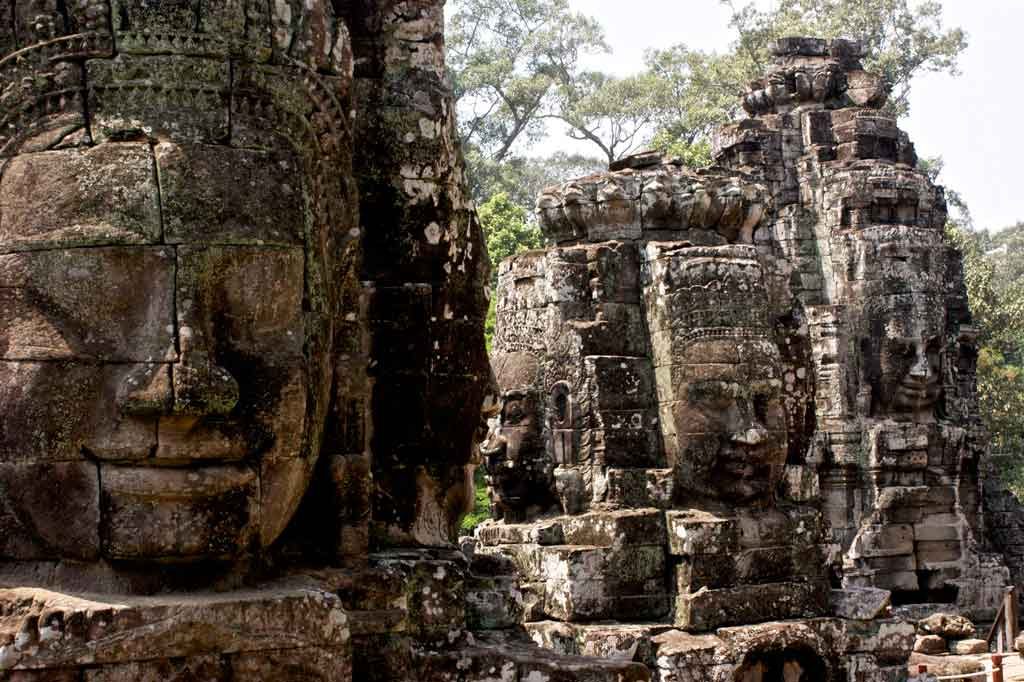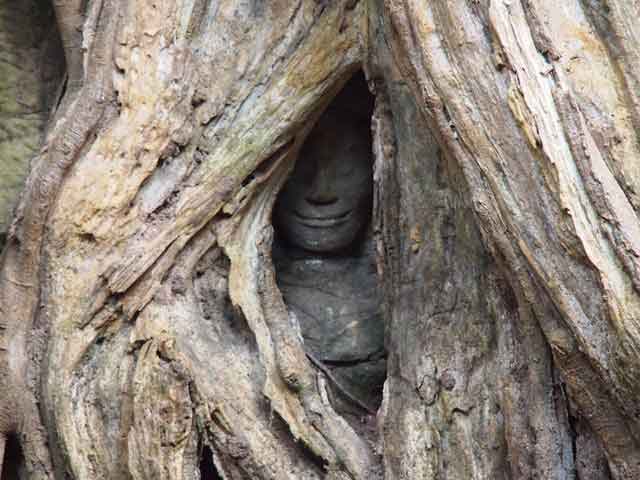Siem Reap isn’t the capital of Cambodia. It isn’t even a metropolis with towering skyscrapers. It is, in fact, just a rustic town with plenty of rice paddies and a muddy river. Then what is it about Siem Reap that attracts around two million tourists annually from all over the globe? The answer lies about 6 km north of the town, in a derelict, but beautiful structure called Angkor Wat, a hidden window to a mysterious past.
Like a moon flitting in and out of sight on a cloudy night, Angkor Wat has been discovered, forgotten and then again re-discovered several times in history. Angkor had been visited by westerners as early as the 15th century, but it was only in the 1860s that it was popularised by a French naturalist named Henri Mouhot. Angkor was the capital of the Khmer empire that flourished between the 9th and 15th centuries. The might of the Khmers is evident in the majestic structures that they built but the question here is altogether different. Why did such a powerful empire come to an abrupt end? Why did the world’s largest preindustrial city suddenly cease to exist?
Strangely, the amount of documentation over the last few centuries of the Khmer reign is scanty which leaves us with no other option but to guess. Theories suggest that war, internal conflict and a failure in the complex water network were some of the factors that led to the downfall of Angkor. Built originally as a temple for the Hindu God Vishnu, Angkor Wat was later modified to include Buddhist elements, owing to the growing influence of Buddhism during that period. Today, this structure, known as the largest religious complex in the world, is an artful and spiritual confluence of both Hinduism and Buddhism, drawing both the pious and the historic alike.
Angkor Wat: An Architect’s Dream
“If our people can build Angkor Wat, they can do anything”
– Dennis Bloodworth, Writer and Journalist.
Angkor Wat is a beautiful giant; something that architects will agree is next to impossible to achieve. At first, Angkor Wat may seem to be built on one level but it is, in fact, a three-tier pyramid. The temple complex is a series of concentric rectangles that decrease in perimeter and increase in elevation as we advance to the inner sanctum sanctorum.
A Baray (a kind of moat, characteristic of Khmer architecture) borders the entire complex and its sheer dimensions have awed visitors for centuries. The purpose of these huge water bodies still remains a topic that historians and architects love to deliberate.
The galleries of bas-relief at the first level stretch for as long as a football field and portray scenes from ancient Hindu mythology with painstaking detail. The temple is home to over a thousand ‘apsaras’ (celestial women) carved in stone, each one unique in her features and attire. Pictures and words fail to describe the beauty of the Khmer craftsmanship.
A flight of vertigo-inducing steps leads to the uppermost level, the most sacred part of the temple. This level consists of five identical towers arranged like the dots on a number five on a dice. This is the summit of the temple and the best spot to take in the harmony of this monumental structure in its entirety. The view is amazing and also humbling. It took more than three decades to build Angkor Wat. The view tells you why.
Angkor Symbolism: Reading Between The Lines
Angkor Wat reminds me of the path of illumination in Rome; Dan Brown fans will vouch for that. Here, every column, every spire and every sculpture has a meaning. Those who have studied it in detail have found staggering answers. Writer Graham Hancock shares some of them in his bestseller, Heaven’s mirror.
Is Angkor Wat really a miniature version of the universe? Or does the structure depict the divine lotus that is so sacred in Hinduism? Angkor Wat is a puzzle- challenging and tantalising- inviting us to solve its mysteries if we can – find meaning in its stones.
Angkor Wat appears on the Cambodian flag; that’s how important it is to the people of Cambodia. A city that was once bigger than modern-day Paris and Los Angeles is now in ruins. A kingdom that was mighty has now been annexed by the surrounding forest. Its secrets might have been lost, but its glory is still intact.
Man will eventually solve all of Angkor’s mysteries, that much is certain. But will he ever be able to build an engineering and architectural marvel to rival Angkor Wat?















